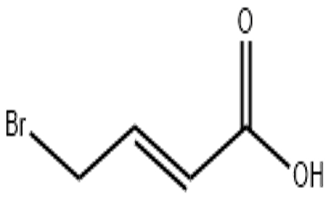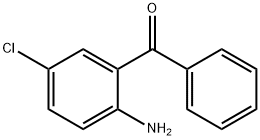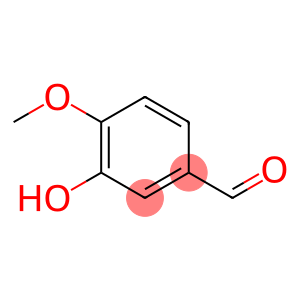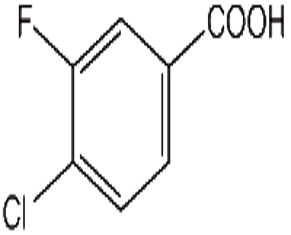2-Methoxy-3(or 5)-methylpyrazine(CAS#68378-13-2)
| Hazard Symbols | Xn – Harmful |
| Risk Codes | R22 – Harmful if swallowed R37/38 – Irritating to respiratory system and skin. R41 – Risk of serious damage to eyes R10 – Flammable |
| Safety Description | S26 – In case of contact with eyes, rinse immediately with plenty of water and seek medical advice. S39 – Wear eye / face protection. S16 – Keep away from sources of ignition. |
| UN IDs | UN 1993 3/PG 3 |
| WGK Germany | 3 |
| TSCA | Yes |
| HS Code | 29339900 |
| Hazard Class | 3 |
| Packing Group | III |
Introduction
2-Methoxy-3-methylpyrazine (also known as methalone) is an organic compound. Below is an introduction to its properties, uses, preparation methods, and safety information:Properties:- Appearance: Methalone is a colorless to pale yellow crystal or crystalline powder.- Solubility: It is poorly soluble in water but soluble in organic solvents such as ethanol and chloroform.Uses:Preparation Methods:There are several methods for preparing methalone, with the following two being common:- Synthesized via oxidation reaction: React 2-methoxy-3-methylpyridine with zinc chloride oxide, then acidify to obtain methalone.- Synthesized via substitution reaction: React 2-methoxy-3-methylpyridine with a substituent (such as methyl iodide) under alkaline catalysis to obtain methalone.Safety Information:- Methalone is a chemical substance and has certain hazards.- Avoid inhalation of dust, and contact with skin and eyes, and prevent ingestion.- When using, wear protective gloves and goggles, and ensure good ventilation.- Waste disposal should comply with local environmental regulations.








